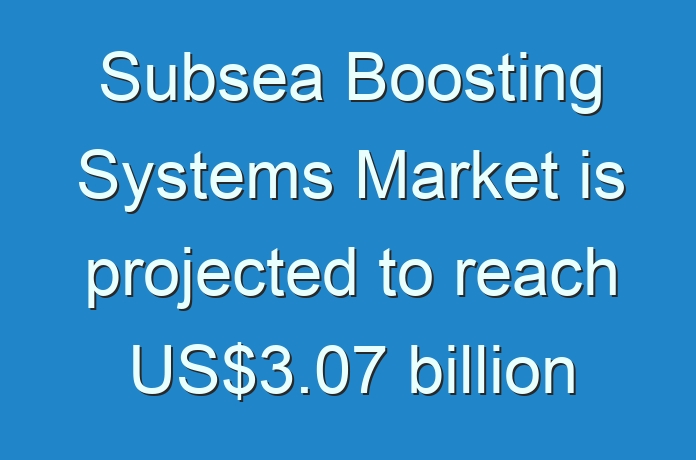
Global Subsea Boosting Systems Market: Snapshot
The global market for subsea boosting systems is dominated by three players, namely FMC Technologies, OneSubsea, and GE Oil & Gas. Together they accounted for a mammoth share of 78% in the market in 2014. Competition among them is intense too as they try to outsell one another through pricing strategies intended to lure more consumers. Other prominent names in the market are Aker Solutions, Baker Hughes Incorporated, Flowserve Corporation, Inc., Framo AS, General Electric Company, ITT Bornemann GmbH, Sulzer Ltd, and Leistritz Advanced Technologies Corp.
At present, the global market for subsea boosting systems is being driven by the burgeoning demand for fossil fuels and petroleum products and their effectiveness in improving production from developed reservoirs. However, the frontrunner among growth drivers is the technological progress in the field of deepwater and remote applications. Uncovering of offshore oil and gas fields in countries such as Angola, Gabon, Tanzania, Nigeria, and Mozambique have also presented an opportunity to companies in the market. One factor countering the growth is the volatile crude oil prices that pose a challenge to companies wanting to maintain consistent production costs.
A report by Transparency Market Research forecasts the global subsea boosting systems market to expand at a healthy CAGR of 9.7% from 2015 to 2024. The market was worth US$1.46 bn in 2015 and is estimated to reach US$3.07 bn by the end of 2024.
Heavy Investments in Shallow Water Oil Drilling to Propel Sales Dramatically
Depending upon the depth of water, the global market for subsea boosting systems can be segmented into shallow water and deep water. The recent spate of investments in shallow water oil drilling will likely increase the revenue generated in the market dramatically. The usage of helicoaxial pumps with more effective subsea boosting systems is also anticipated to foster growth.
Request Brochure @
https://www.transparencymarketresearch.com/sample/sample.php?flag=B&rep_id=5378
Based on applications again, the global market for subsea boosting systems can be further classified into oil and gas. With companies increasingly expending energy on discovery of oil fields, the oil field subsea boosting application segment is expected to grow its share in revenue to a substantial 67.7% by 2024.
The nations of China, the U.S., North Sea, Brazil, Gulf of Mexico, and Western Africa are key regions in the global oilfields subsea boosting systems market. Exploration of oil fields in water depths and tie-back distances is anticipated to generate the demand for subsea boosting systems in these regions.
REQUEST FOR COVID19 IMPACT ANALYSIS –
https://www.transparencymarketresearch.com/sample/sample.php?flag=covid19&rep_id=5378
Densely Populated Asia Pacific Stokes Demand
From a geographical standpoint, Asia Pacific is the leading market for subsea boosting systems because of the burgeoning population in the region. This has generated need for energy procured from different sources and has in turn bolstered demand for subsea boosting systems. Hotbeds of subsea activities in the region are China, Vietnam, Australia, Indonesia, and Malaysia. However, the main drivers of the market in the region are Australia and China on account of being potential markets for the offshore drilling industry. Going forward, Asia Pacific is forecasted to gain a share 23.9% in revenue in the overall market.
Europe is another key region in the global market for subsea boosting. The rise in deepwater drilling activities in the continent is predicted to foster growth in the market in the foreseeable future. The Middle East will likely outpace all other regions in terms of growth rate owing to ongoing large-scale drilling activities in Saudi Arabia and U.A.E. It is also a mature market for shallow water exploration activities.





